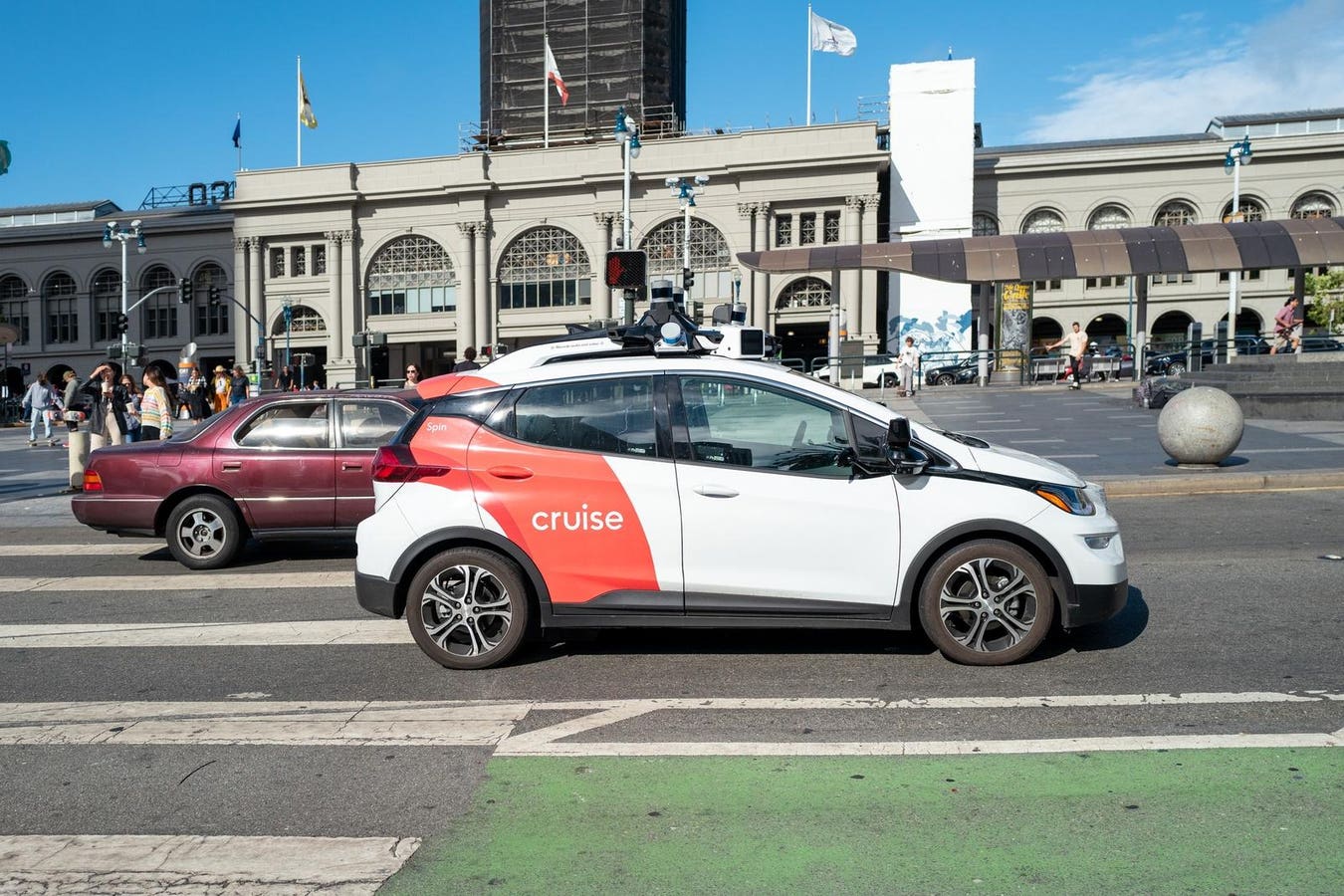On Thursday evening, Cruise, the autonomous vehicle subsidiary of General Motors, posted on X (formerly known as Twitter) that it was “proactively [pausing] driverless operations across all of our fleets.”
The stunning announcement comes just two days after California regulators revoked the company’s permit statewide, finding that Cruise’s vehicles are “not safe for the public’s operation” and that the cars pose “an unreasonable risk to the public.”
After ceasing operations in California on Tuesday, Cruise continued in Phoenix, Arizona, and in Austin and Houston, two of Texas’ largest cities. However, the entire robotaxi fleet nationwide has now been grounded.
In its brief thread, Cruise said that the company needed to “take steps to rebuild public trust…even if it means doing things that are uncomfortable or difficult.”
Earlier this month, at its peak, Cruise had a fleet of 400 robotaxis nationwide.
“It feels like San Francisco isn’t alone anymore – it feels like the dam just broke,” San Francisco Supervisor Aaron Peskin told Forbes, who for months has scrutinized the company’s bumpy rollout in his city.
Cruise’s Thursday announcement comes just over three weeks after a critical October 2 incident that took place in San Francisco. There, a human driver hit a female pedestrian before being thrown into the path of an oncoming Cruise autonomous vehicle, or AV.
Forbes previously reported that the victim was “dragged” by the AV for 20 feet, a fact that both the California Department of Motors Vehicles and Cruise itself have now corroborated. The woman remains in critical condition at Chan Zuckerberg General Hospital in San Francisco.
The following day, October 3, Cruise met with officials from the National Highway Traffic and Safety Administration, where the company showed footage taken from the robotaxi. Later that same day, National Highway Traffic and Safety Administration officials asked for and received a digital video file of the incident.
Additionally on October 3, Cruise representatives met with officials from the California DMV and the California Highway Patrol. However, according to the DMV, this video “did not disclose any additional movement of the vehicle that had occurred after the initial stop of the vehicle.” It took another 10 days – October 13 – for the DMV to receive “a copy of the video with the additional footage.”
For its part, Cruise has maintained that it showed the same video to all the agencies and that it was “proactive” in reaching out to federal and state entities.
However, on Thursday evening, Navideh Forghani, a Cruise spokesperson, again declined to provide this video to Forbes. She also declined to provide any names of employees that met with federal and state public regulators and safety officials during those October 3 meetings.
On October 17, NHTSA said it was investigating the company following two incident reports of injuring pedestrians. A related letter dated October 20 also notes that the agency is separately examining allegations of Cruise cars that are “inappropriately hard braking.”
Industry experts told Forbes that it will be difficult for Cruise to come back from this notable setback, particularly given how much General Motors has already invested in the company — it spent $700 million on Cruise during the third quarter of 2023 alone.
“My top-line is simple: trust is the most important currency in the AV realm,” John Krafcik, the former CEO of Cruise’s primary rival, Waymo, emailed Forbes. “In fact, it may be the only currency. Cruise needs to focus on rebuilding that.”
Read the full article here





